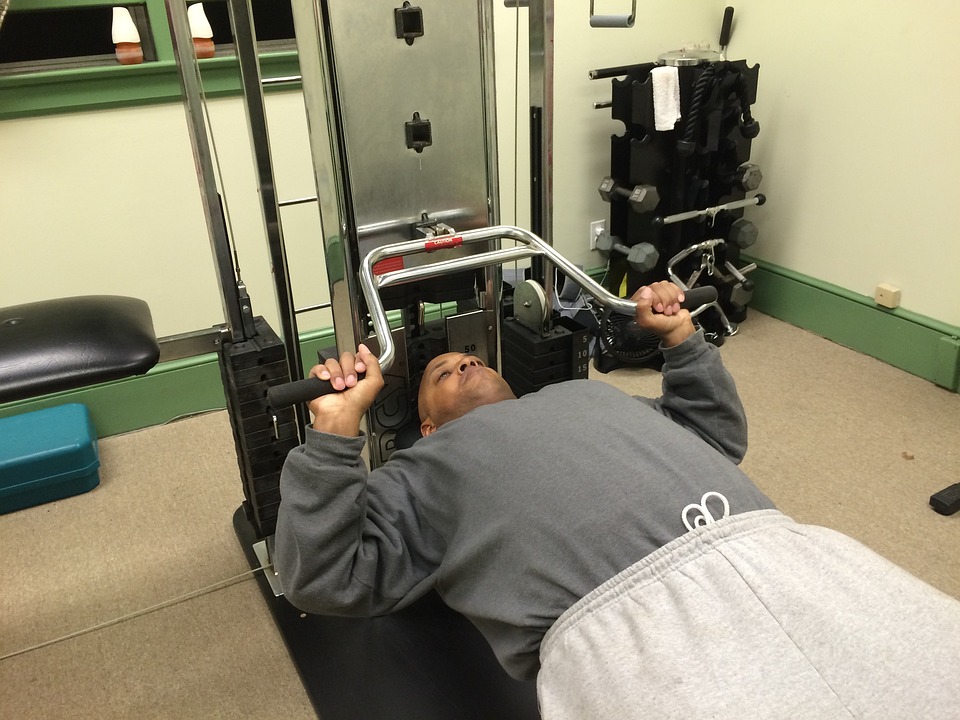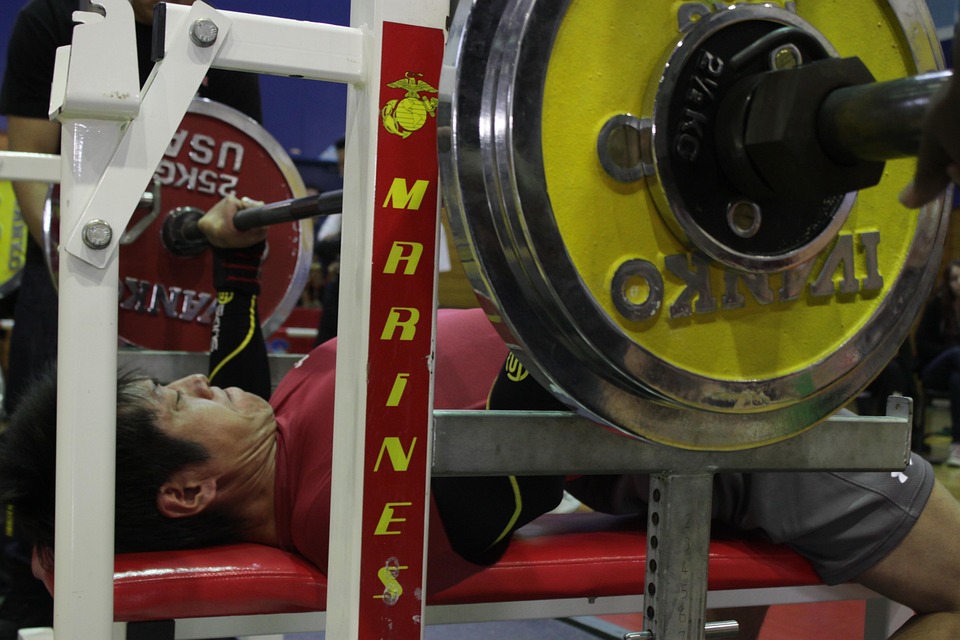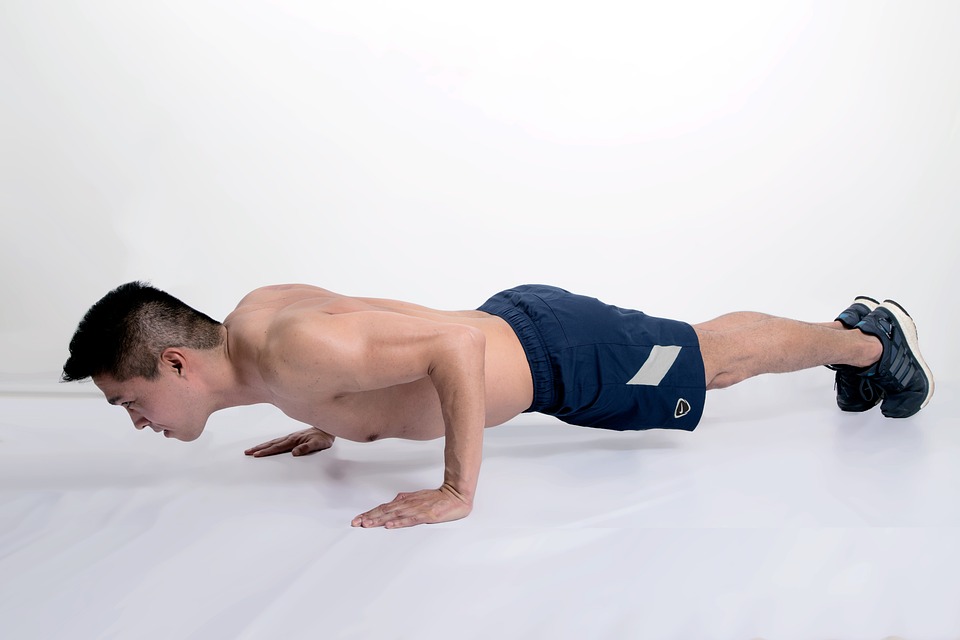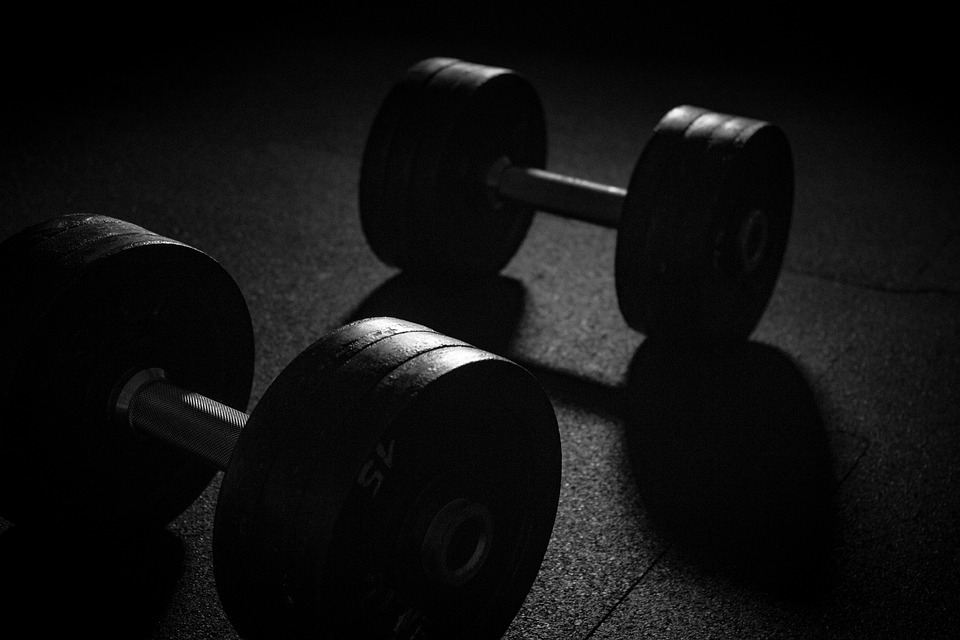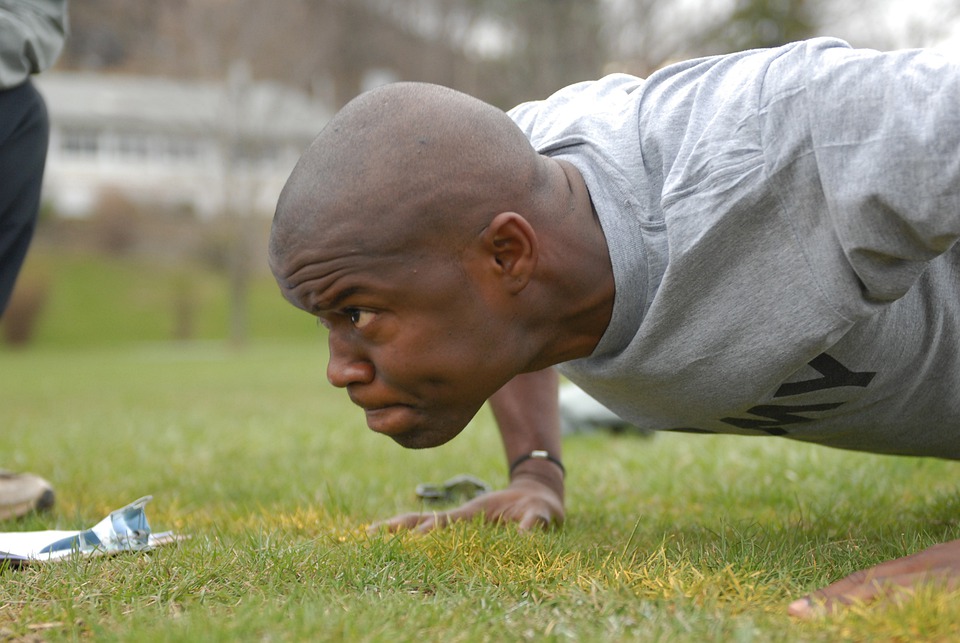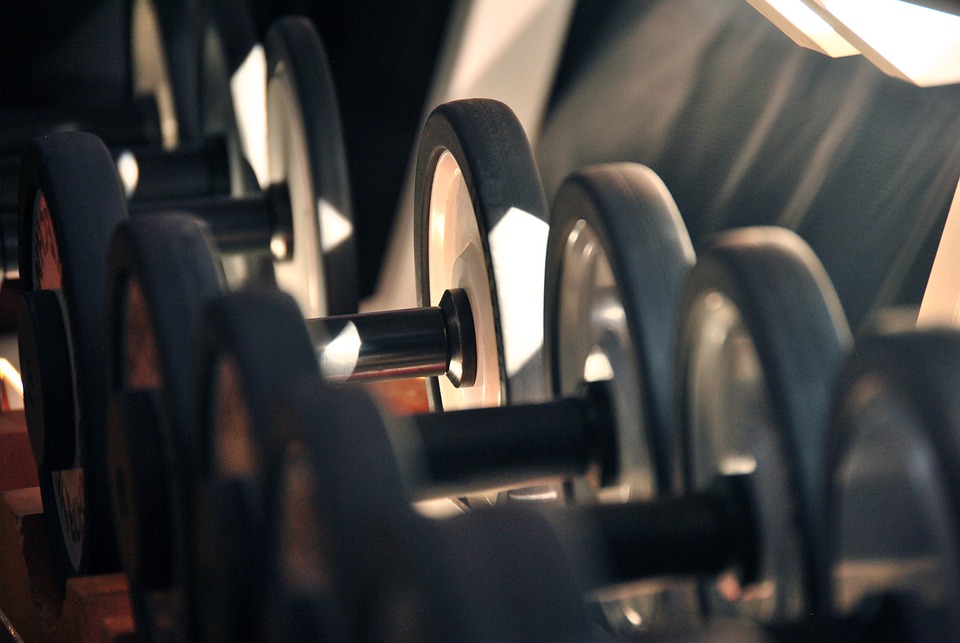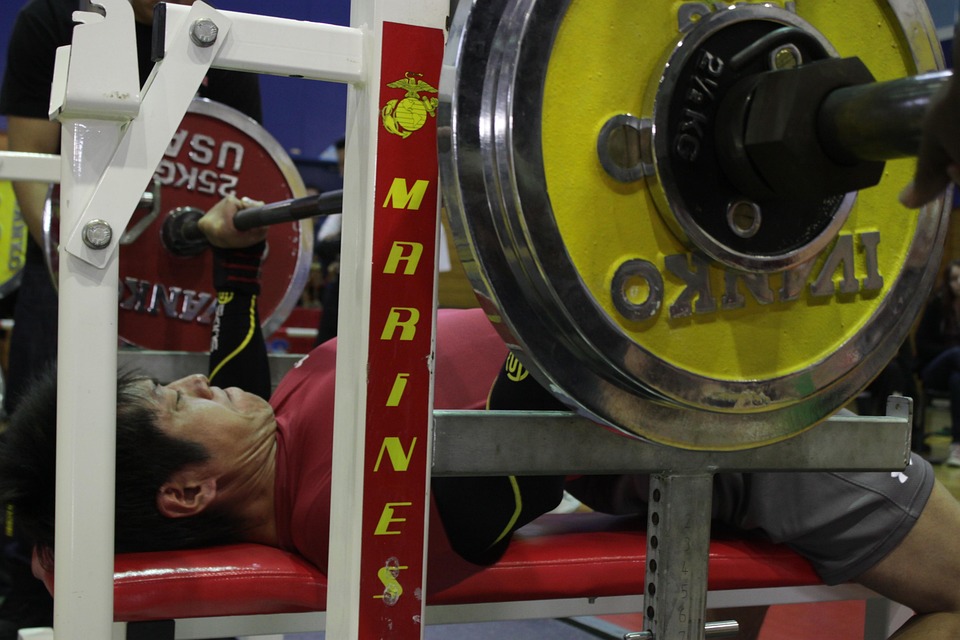
It’s the day of the week when you work out your chest, also known as bench day. It’s the time of the week when you feel proud of your muscles, especially your chest. Your muscles are looking great and your shirt is feeling snug, what a great time to be living! Did that honey just look at your pump? It is difficult to see because the person has a lot of muscle growth on their chest.
This article is a reminder of tips to remember for your next chest/bench day. Not every strength athlete focuses their workouts on bench pressing, but it is something to keep in mind.
1. Thou Shalt Not Max Out Every Week
This will be an easy point for many athletes to understand, but a hard point for beginners to accept. I think it is common for people who are starting to go to the gym to try to lift the heaviest weights possible on a regular basis, especially when it comes to the bench press. When we begin lifting, hitting 1-RMs isn’t weighted the same as being at an elite level, so it’s not bad for your lifting, but it’s not productive.
Out of the big three, the bench is often the toughest to progress in. It is becoming more and more important to have a strong foundation of strength before attempting true 1-RMs. If you want to save time and see your numbers progress, pick a solid program with a well-constructed form of periodization. Someone who is just starting out lifting could use the linear method, while people who have been lifting for a while or are very good at it might benefit from undulation.
2. Thou Shalt Take Weight Jumps Wisely
This is another somewhat self-explanatory point, but worth mentioning. Since your bench max is lower than your other lifts, you’ll probably be lifting less weight on your working sets. This means that the bench press is less forgiving of mistakes and requires a higher level of technical proficiency. In other words, your bench warm-up should be done using smaller jumps compared to lower body or back movements.
It’s not productive to get anxious and build up your nervous system before you even start your working sets by taking too big of jumps. It takes time for the body to get used to the stress of exercise. The moral of the story is to take smart risks, stay consistent, and find what works best for you.
3. Thou Shalt Not Ignore Accessories
While you can improve your bench press by doing the exercise alone, you will not be able to eliminate weak points or maximize your progress without also doing additional exercises.
Accessories are a great way to change up your routine when you are benching more frequently, which is one of the best ways to improve on the bench. There are a few popular accessories that can help with sticking or weak points on the bench.
- Stuck At the Bottom: Wide-Grip Bench, Pause Bench, Dead Stop Bench, Incline Bench, Resistance Banded Bench
- Mid-Range: Close Grip Bench, Dumbbell Bench, 1 1/4 Bench Press
- Stuck At the Top: Floor Press, Incline Bench, Decline Bench
4. Thou Shalt Never Stop Perfecting Form
You should never stop improving your technique, no matter what type of athlete you are. I’m not suggesting that you should overthink every workout, but that you should pay attention to your form and how it improves over time. The bench press is a lift that requires a lot of technique, and even something as small as not getting a handoff can change how you press.
If you’re training alone, you should ask a coach or knowledgeable athlete to work with you every so often to help you improve your form. It can be difficult to be critical of your own faults when you’re taking a self-video. If you want to be a successful powerlifter, you need to focus on your form. In other words, a small mistake can mean the difference between being successful and failing.
5. Thou Shalt Be Mindful of Bar Path
One of the biggest things that the biggest benches have in common is the bar path. A shorter movement arm is created when weight is distributed in a way that decreases the total amount of shoulder flexion. No, it is unlikely that your bar path will be identical to someone else’s. Most likely not, and that’s okay. For example, someone else’s bar path may not hit directly on the lower chest like yours, and so forth.
There are a few things you should keep in mind when watching your bar path. Look at where the weight is sitting when it’s not being lifted. The best way to do this move is to have the weight directly over the shoulder joint, as this will minimize stress and energy expended while you’re in the isometric hold. Second, keep an eye on your grip width. Many athletes will find it helpful to have their lower arms directly under the bar.
Be careful to choose a bench and arm length that is comfortable for you. A coach can help you improve your bar path. At the end of the day, your goal should be to press more weight and distribute that weight evenly throughout each concentric phase of the bench press, which includes shoulder flexion, shoulder horizontal flexion, and elbow extension. You should also limit excessive flexion to avoid failure at weak or sticking points.
You miss because you’re too weak in the specific portion of the range of motion where you break down.” Greg Nuckols’ bar path article is spot on when he states that the reason you fail to complete a lift is not due to a lack of strength throughout the range of motion, but because you are not strong enough in the particular section where you collapse. If you had been stronger through the weakest part of the lift, you would have been successful.
6. Thou Shalt Not Cheat
The most common training flaws seen in any place where weights are located are bad form and cheating. A clean and jerk is a weightlifting move in which you lift the weight to your shoulder and then jerk it overhead. Curls look like this move, except you don’t jerk the weight overhead, you just curl it up to your shoulder. The two exercise moves, bench presses, and barbell rows resemble McDonald’s golden arches and half-assed deadlifts, respectively.
It is shocking that many people are ignorant of proper form in the year 2002. There are plenty of resources available to help you learn, whether it’s books, magazines, websites, videos, or qualified trainers. All you need is a bit of effort and initiative.
The worst people who violate physical laws are those who actually know what the proper form is, but they still cheat and bounce away, just like fallen angels. If you want to appear stronger than your competitors and impress the ladies, cheating on your reps is an easy way to do it. This will also make you feel good about yourself, even though it’s not really an accomplishment. If you have poor form while working out, you will not make progress and could seriously injure yourself.
Feel free to lift heavy weights if you want, but don’t complain to God if you get injured or your muscles don’t develop the way you want them to.
7. Honor The Basics To Keep Them Sacred
The Vancouver Sun The majority of muscle growth comes from doing a small number of exercises – squats, deadlifts, bench presses, seated presses, dips, and barbell rows. You would have a hard time finding many trainers who routinely include bench presses in their workouts, with the exception of the all-time favorite macho movement.
Why is that? For one thing, they are hard. Working out so hard that you feel like you might pass out or vomit is a sign that you’re doing a good job. High-rep squats are so tiring that you will need to lie down for ten minutes before being able to stand up, let alone attempt set 2.
Instead of enduring the pain of a difficult workout, wouldn’t it be better to use a machine that gives you a comfortable workout? This person is clearly discussing their dislike of traditional Olympic bar presses, and how the bar often leaves a red mark on their skin. No real technique and balance either. You should not just squat or deadlift heavy weights without proper form unless you want to experience a herniated disk. And how about those pec-dec flyes?
A person would rather use a machine than dumbbells because they are easier to use and you can see yourself in the mirror. Yeah, look out Ronnie and Jay, you’re goin’ down! Most machine and cable exercises are not effective for building muscle.
If you want to increase your size and strength, do what previous generations of strong men have done. Focus on heavy free-weight movements. Being part of the herd is not desirable because it makes one weak, but the only way to avoid it is to be a bitch–someone who is mean and difficult. In the case of heavy free-weight exercise, doing difficult exercises leads to improved results.
8. Thou Shalt Not Overkill
The gym can be a place where you can forget about the outside world and focus on your effort, sweat, clanking iron, and the swell of your pumping muscles. Even something that is good can be bad if there is too much of it.
Although the late Mike Mentzer was very dogmatic in his preaching against high-volume training, he helped bring awareness to the common practice of engaging in marathon workouts that far exceeded the point of diminishing returns.
Having more money in a checking account is better than having less, but the human body doesn’t gain muscle as easily as a CD gains interest. A moderate amount of work is necessary to train the muscles, and anything more than that is superfluous. Isn’t there something better you could do with your time than spending three hours at the gym?
This 3 to 4-hour workout nonsense originated in the 70s from the Weider magazines. The magazines wrote about Arnold and his cohorts working out hard for up to four hours a day. The store was not successful in selling magazines and Joe’s Super Pro 101.
The guys I talked to who were at the original Gold’s Gym said that Arnold usually trained for an hour or less, but sometimes he would train twice a day. He was too busy chasing girls at Venice Beach. Even though Ronnie Coleman and Jay Cutler weigh 250-300 pounds, they only spend 90 minutes a day lifting weights.
Why do you think you need to train twice as long as they do if all they need is that amount of training? You won’t be able to work your body part(s) as effectively in three hours as you could in 90 minutes or less.
No matter how long you leave a monkey in front of a computer, it will never know how to download porn. This is because almost any set of keys on a keyboard will bring up some form of pornography. So don’t be a monkey.
9. Do Not Bear False Witness To Any Specific Training
This guy would come into the gym I used to go to every Monday, Wednesday, and Friday. I was a trainer at the time and as much of a regular there as the rubber flooring. He followed the same routine every week, with the same weights, sets, and repetitions. I could amaze my clients with my Ms. After correctly guessing what the man would do next, I said to my surprised client, “Next he goes to the barbell incline press.” He will begin by lifting 135 pounds 10 times, then 225 pounds 8 times, then 275 pounds for his first work set, and will need someone to spot him.
I observed this individual for nearly two years as he was perpetually caught in this unending cycle. Although he expected it, his physique made no changes. Our bodies are adaptive organisms.
If someone is put to work in a hot, humid, sunny environment, their skin will turn brown as a way to protect themselves. Even if someone were to follow the most amazing training routine ever designed, they would only see great results for a while until their muscles became used to the stress. If you stop changing the exercises you perform, the number of reps, the tempo of the reps, rest periods between sets, and how you split up the muscle groups during the training week, you will not make any more progress.
10. Keep Your Rest Days Holy To Build Muscle
Just as too much exercise will hinder your progress, so will training every day without giving your muscles time to recover. REST is key when it comes to muscle growth – without it, no growth will occur. Many trainers who are too eager, especially in their early years, go to the gym every day and work hard. While it is commendable that they are enthusiastic, they lack an understanding of basic human physiology.
The muscles in your body are interconnected in ways that are not always accurately understood. Some guys will train different muscle groups on different days, for example, chest and biceps one day, and back and triceps the next. Some people don’t realize that they’ve just worked out the biceps and triceps muscles two days in a row. This led to them not being able to work out their back as effectively as they could have. After heavy training, your muscles need 48-72 hours or more to rest. Everyone needs at least a day or two a week of complete rest from the gym. If you don’t give your body the food it needs, you’re only hurting yourself.

